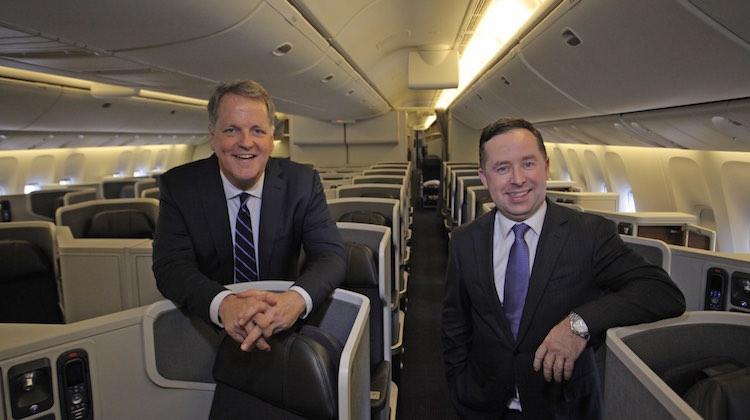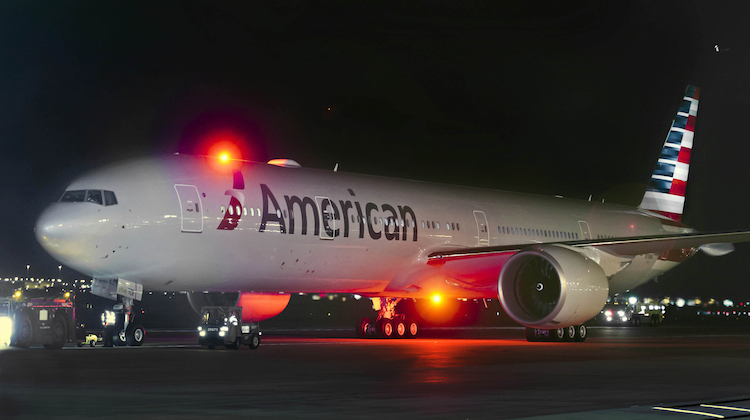
There is growing speculation Qantas and American Airlines will launch new nonstop service from the New Zealand to the United States.
The two carriers have called a media conference to be held in Wellington on Wednesday morning, where Qantas chief executive Alan Joyce and his counterpart at American Doug Parker will “make an important announcement for the New Zealand market”.
American flagged its intention to begin flights to NZ in June, when it announced it was returning to Australia with Sydney-Los Angeles service due to start in December.
Potential city-pairs include Los Angeles-Auckland or Dallas/Fort Worth-Auckland, given both are strong American hubs offering plenty of connecting opportunities across North America.
Qantas dropped its Auckland-Los Angeles flights in May 2012, leaving Air NZ as the only airline flying between NZ and the US mainland.
However, United is launching its own Auckland-San Francisco service from June 2016, which will be operated in partnership with fellow Star Alliance member Air NZ.
The expected announcement from Qantas and American continues a period of trans-Pacific capacity growth from a number of carriers.
Qantas is resuming Sydney-San Francisco flights in December, while Air NZ begins two new flights to the Americas – Auckland-Houston and Auckland-Buenos Aires – in the same month.
And United started new Melbourne-Los Angeles service in October, ending its previous tag flight from Sydney to the Victorian capital.
The two other nonstop players in the Oceania-North America market – Virgin Australia and Delta Air Lines – have maintained their capacity flat with a combined two flights a day between Sydney and Los Angeles and a daily Brisbane-Los Angeles service.
American and Qantas have applied to the Australian Competition and Consumer Commission (ACCC) and US Department of Transportation (DOT) to expand their existing alliance on trans-Pacific routes and incorporate a revenue-sharing component.
In July the ACCC gave interim approval to the new arrangements, while the US DOT has asked both carriers to supply more information regarding city-pairs, market shares and other data.











